Foreign projects to increase the firing range of 155-mm artillery
Extended guns
Over the past few years, the U.S. Army, represented by Arsenal Picatinny, and BAE Systems have been working on the Extended Range Cannon Artillery (ERCA) project, which aims to create a promising howitzer with an increased firing range. Work in this direction began with a deep modernization of the M777A2 product, which is in service with the US Army. After such refinement, the gun received the M777ER index.
The main difference between the M777ER howitzer is the new extended barrel. In the basic configuration, its length is 39 calibers, after modernization - 55. The long barrel allows you to more fully use the energy of the powder gases, but at the same time increases the load on the implement units. M777ER had to develop an improved shutter, a new muzzle brake and reinforced recoil devices.
Despite the improvements, the gun remains compatible with NATO's standard 155 mm shots. At the same time, the use of ammunition with variable charges Modular Artillery Charge System (MACS). In the future, M777ER may receive new shells with various capabilities. To work with shots, an advanced loading mechanism is intended.
The carriage of the base howitzer remains unchanged. An advanced fire control system is mounted on it, capable of generating data for firing at increased distances.
The M777ER prototype was put to the test in the spring of 2016. At the beginning of the 2017, a full-fledged prototype was sent to the test site. In the fall of 2018, testers talked about getting high performance. Using conventional "blanks", the ERCA gun was able to attack the target at a distance of 40 km. The use of an active rocket increased the range to 70 km. For comparison, the maximum firing range of the M777A2 reaches 40 km.
In 2018, a prototype ACS M109A8 / XM1299 was built using ERCA software solutions. Such a self-propelled gun carries a new 155-mm gun with a barrel length of 58 calibers. According to its tactical and technical characteristics, the XM1299 will have to surpass the existing self-propelled guns of the American army.
The M777ER project will be announced next year, after which it is expected to launch mass production of howitzers with an extended barrel. XM1299 self-propelled guns are planned to be delivered in a small series in 2022-24. Thus, by the mid-twenties, the US Army could receive new artillery samples, the characteristics of which are improved only due to improvements in the design.
American shells
In parallel with the guns of the ERCA family, Arsenal Picatinny, together with several other organizations, is developing new artillery ammunition. These samples are so far known under the working designations XM1113 and XM1115. Shells of new types should ensure the growth of the combat qualities of promising guns in all anticipated conditions.
The XM1113 is a high-explosive explosive-explosive ordnance equipped with the Precision Guidance Kit (PGK). The latter is a combined system with satellite navigation, aerodynamic rudders and a fuse. PGK is installed in the regular head shell socket. The projectile is proposed for use with a variable charge XM654.
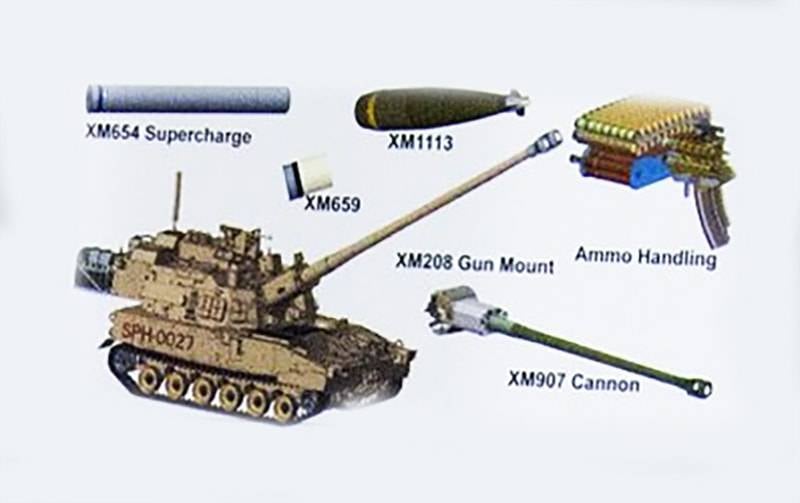
Components of the new artillery complex, including XM1113 shell. Figure Defense-blog.com
The XM1115 shell is similar to the XM1113, but must have other controls and guidance. Its main difference lies in the ability to solve combat missions in the absence of GPS signals. It uses other navigation methods.
To date, the guided projectile XM1113 managed to go to the test and show high performance. During test firing, he ensured the defeat of the target at a distance of 72 km with acceptable accuracy. The refinement and improvement of XM1113 continues. The XM1115 tests will begin shortly. Over the next few years, it is planned to bring the firing range to 100 km.
Managed "Volcano"
BAE Systems and Leonardo are developing a whole family of artillery shells of various calibers Vulcano, which will include ammunition for guns and howitzers of various types. A universal platform is offered for creating conventional and guided shells with caliber from 76 to 155 mm. The largest examples of the family are intended for ground artillery.
Vulcano in the 155-mm version is made in the form of a sub-caliber ammunition with protruding rudders and stabilizers, the maximum diameter of which is 127 mm. The optimal aerodynamic appearance of the product allows to obtain high flight characteristics without the use of a gas generator or its own engine. An explosive charge and semi-finished striking elements in the form of tungsten rings of a special configuration are placed in the shell of the shell.
Two versions of the 155 mm Volcano projectile are offered. The first is designated as Ballistic Extended Range (BER) and is an unguided munition with a programmable fuse that has several modes of operation. When using standard M777 or M109 guns, the firing range of the Vulcano BER should be up to 40 km. The M777ER will provide a range of over 75 km.
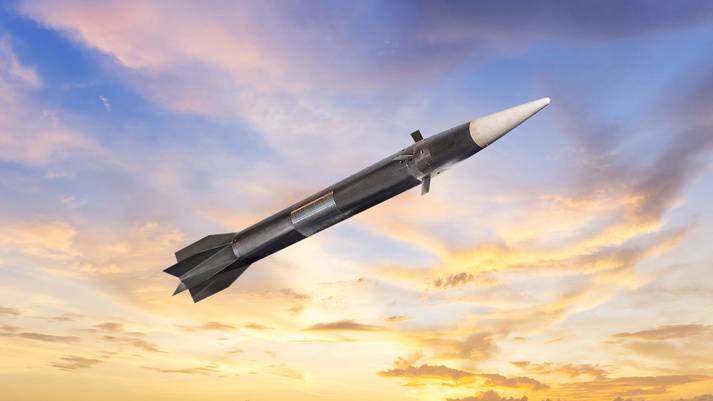
Proposed appearance of the shell BAE / Leonardo Vulcano. Figure BAE Systems / baesystems.com
The second variant of the projectile is called Guided Long Range (GLR). It has inertial and satellite navigation, as well as a set of steering wheels for control. In the future, it is planned to create a semi-active laser homing head, providing guidance on the downward part of the trajectory. A guided GLR released from standard howitzers will be able to fly on 60 km. For guns of the ERCA family, the range will exceed 100 km.
Currently, BAE / Leonardo Vulcano shells are being tested and confirm the declared characteristics. There are some difficulties, but the developers are optimistic. In the foreseeable future, shells of the new family can find application in the armies of the United States and other countries. 155-mm ammunition is intended for land howitzers, 76- and 127-mm products - for ship’s guns.
In-line concept
Norwegian company Nammo participates in international projects of artillery ammunition, and also develops its own ideas. Last year, she first showed a prototype of a promising 155-mm long-range ammunition. Due to a fundamentally new solution, it is planned to obtain a firing range of more than 100 km with a reduced dependence on the capabilities of the gun.
The concept from Nammo provides for equipping a direct-flow air-jet engine with a frontal air intake. Also, the product must receive navigation aids and steering system. In the case with a caliber of 155 mm, it was possible to place control electronics, a warhead and a reserve of solid fuel for flying at a distance of at least 100 km.
At the time of the first demonstration of the layout, a full-fledged shell was being designed. His tests were planned for 2019-2020. As far as we know, tests have not yet begun. The proposed look looks interesting and promising, but the ammunition needs to be developed and refined. What will be the results of the Nammo project is unknown.
Achievements and plans
Foreign countries, primarily the United States, show great interest in promising land artillery systems with increased firing range. This interest has already led to the launch of a number of promising projects that have managed to produce certain results. Some of the promising products came to the test, while others will go to the landfill in the very near future.
At the moment, within the framework of ERCA, XM1113 / 1115 programs, etc. managed to get a firing range of more than 70 km with sufficient accuracy of hits. Due to the development of existing projects and the introduction of new products, the range of 155-mm systems is supposed to be increased to 90-100 km. This will provide the artillery of the United States and other countries with well-known advantages over a potential enemy.
The views of the foreign military on long-range artillery are curious. Guns and precision shells of this kind are not considered as a means for delivering strikes against area targets. On the contrary, it is proposed to use single shells for the exact destruction of specific objects. This should reduce ammunition consumption and cheapen the blow, as well as reduce collateral damage. How useful this approach will be is unknown, but so far it looks very interesting.
In recent years, a number of organizations from the United States and other countries have found fundamental solutions for the task of increasing the range and accuracy of barrel artillery firing. However, the work does not stop there. In recent projects, it was possible to double the shot range in comparison with serial models, and now designers are striving to triple this parameter. A new breakthrough is planned in artillery.
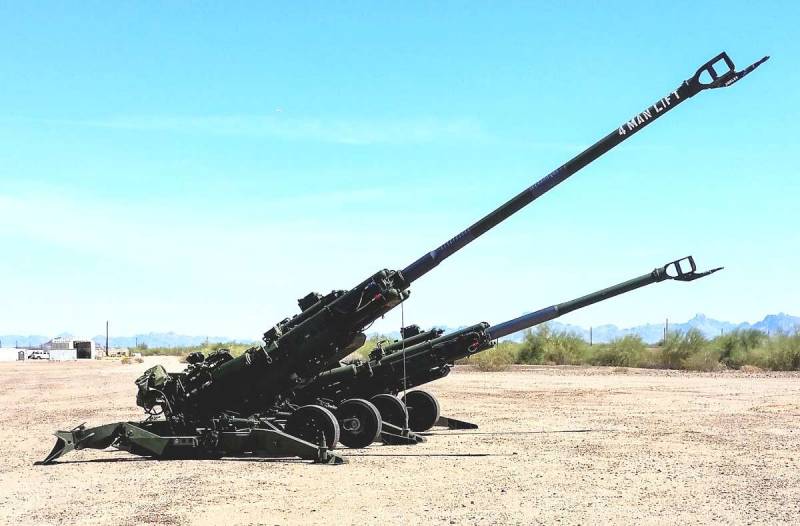
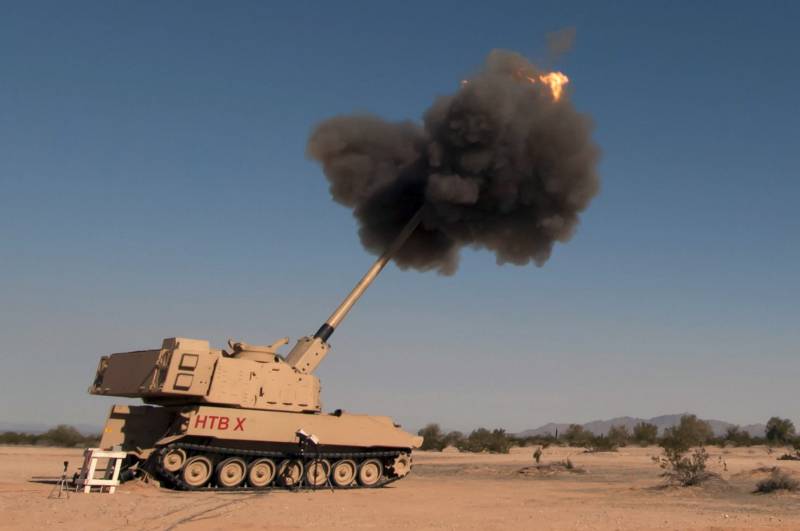
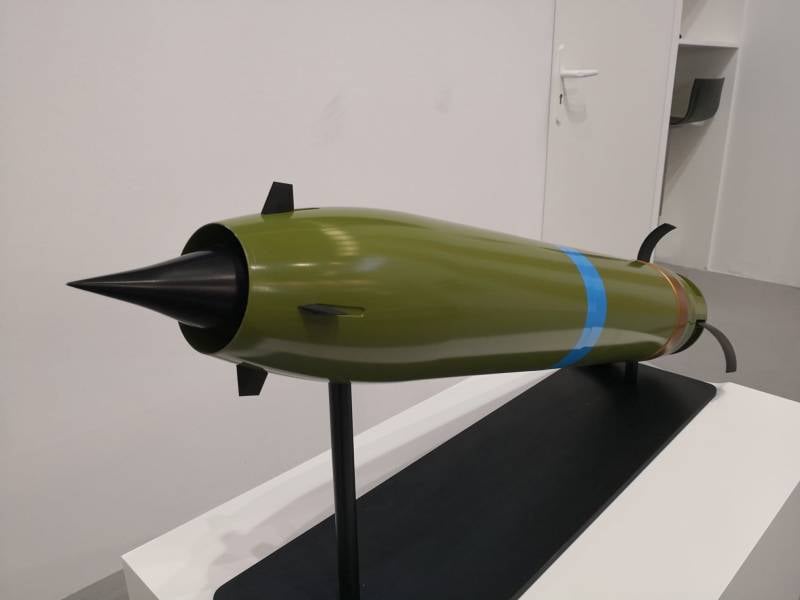
Information